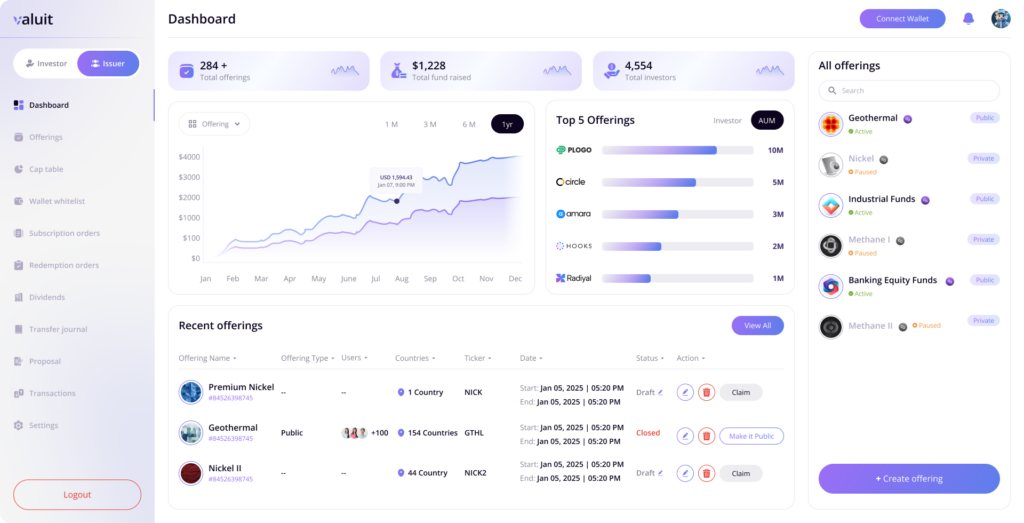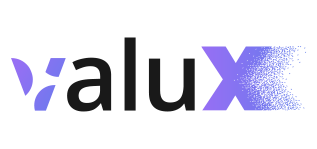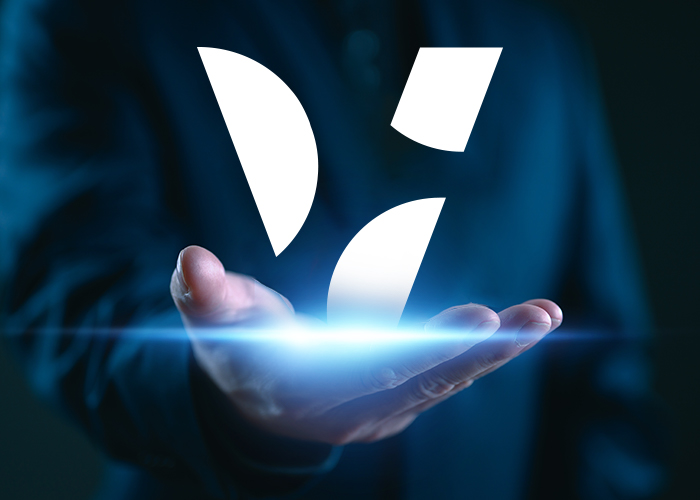Private markets have traditionally delivered strong returns, but they’ve come with a major tradeoff: illiquidity. Whether it’s venture capital, private equity, or secondaries, investments in these spaces typically require long holding periods — often stretching a decade or more. During that time, capital is tied up, pricing is opaque, and early exits can be difficult or prohibitively expensive.
Now, that dynamic is starting to shift. Through the tokenization of real-world assets (RWAs), a new wave of infrastructure is emerging — one that has the potential to redefine how ownership and liquidity work in private markets. This isn’t just another crypto fad; it’s a structural change aimed at helping investors and fund managers manage risk, improve transparency, and unlock value from traditionally illiquid assets.
1. Why Illiquidity Is Still the Norm in Private Markets
Private markets have grown fast. Today, private equity and venture capital manage trillions of dollars globally. The returns can be compelling — but they come at the cost of flexibility. Investors accept what’s often called the “illiquidity premium” — essentially, higher potential returns in exchange for locking up capital for long periods of time.
The challenges are well-known:
- Capital lockup: Investments are often tied up for 7–10 years or more, with few exit options along the way.
- Manual processes: Everything from fund subscriptions to secondaries involves lawyers, PDFs, and a lot of waiting.
- Limited price discovery: Without open markets, valuations happen behind closed doors and may be updated only a few times a year.
This structure might have worked in the past, but today’s capital markets expect faster movement, greater transparency, and better access to liquidity. The old way is starting to show its age.
2. The Friction Points: What’s Broken in Today’s Private Asset Workflow
Let’s take the perspective of a limited partner (LP) in a private equity fund. You commit $5 million, capital is called over time, and your money is tied up for the better part of a decade. If your fund performs well, great — but if you want to exit early, you’re at the mercy of an opaque secondary market, typically run by intermediaries with little transparency on pricing or timing.
For general partners (GPs), the challenges are similar. Secondary sales can dilute control. Admin processes are cumbersome. Reporting obligations are fragmented. And in cross-border funds, regulatory differences add complexity.
Tokenization isn’t a silver bullet, but it directly addresses many of these pressure points.
3. Turning Illiquid Assets into Programmable Digital Assets with Tokenization
Instead of thinking about tokenization as “blockchain magic,” think of it as a way to turn a traditionally illiquid asset — like a fund interest or a slice of private company equity — into something that can be more easily managed, tracked, and even traded.
Here’s how that plays out in real terms:
- Fractional ownership: You can split large, illiquid assets into smaller units. For example, a $10 million stake in a fund could be split into $100K tokens, potentially allowing more flexible transfer and access to a broader investor base.
- Transparent ownership and cap tables: Every transaction and ownership change is recorded on-chain, making it easy for both GPs and LPs to see who owns what, in real-time.
- Automated compliance: Built-in KYC/AML ensures only eligible investors can participate. Smart contracts enforce transfer restrictions and investor rights automatically.
- Secondary trading infrastructure: While most traditional private assets are stuck in silos, tokenized assets can be traded on compliant secondary platforms, sometimes even 24/7.
- Faster settlements: Instead of waiting weeks for legal review and signatures, transactions can settle instantly — assuming the legal framework is properly integrated.
4. What This Means for Venture Capital
Venture capital has always had a liquidity problem. Most LPs in VC funds are waiting 7–12 years for portfolio companies to go public or get acquired. But what if those Series B shares or SAFEs could be tokenized and sold earlier to another qualified buyer?
With tokenization, an early-stage fund could offer LPs an option to exit earlier. Say an investor wants to reduce exposure to late-stage tech before a downturn — they could list their tokenized interest on a compliant secondary marketplace and find another LP willing to take it over.
It also means that a broader group of institutional investors could participate in venture earlier, with greater flexibility in managing their positions along the way.
5. Private Equity Gets More Portable
Private equity fund interests are another ideal use case. Today, selling an LP stake in a PE fund involves finding a buyer, negotiating terms, and jumping through legal hoops. With tokenized fund interests, much of that could be simplified — or even done online.
A few advantages here:
- LPs can transfer stakes faster and more easily.
- GPs can offer structured liquidity without compromising governance.
- Smaller or emerging funds can open up to a broader set of qualified investors, within regulatory limits.
- Investors gain real-time transparency into performance, distribution schedules, and ownership.
And for secondary buyers, pricing improves as more data becomes available and trading activity increases.
6. Secondaries: Where Tokenization Shines
The secondary market in private assets is already growing, but it remains inefficient. Deals are often brokered manually, take weeks to complete, and lack transparency.
Tokenization streamlines this:
- Instant settlements: Transactions don’t rely on multiple sign-offs and wire transfers.
- Price transparency: On-chain order books and historical data can improve visibility into what assets are worth.
- NAV tracking: Funds can publish real-time or periodic NAVs on-chain, making it easier for secondary buyers to value assets.
In essence, tokenization makes the secondary market work more like a public one — without sacrificing the legal and compliance requirements that private markets demand.
7. Challenges on the Road to Tokenization: Legal, Compliance, and Integration
Tokenizing private market assets isn’t as simple as slapping a digital wrapper on a fund interest. There are real considerations:
- Legal structures: A token needs to represent a real, enforceable claim — either on the fund itself or a special purpose vehicle (SPV). That means working closely with legal counsel to get the structure right.
- Compliance: KYC, AML, and securities regulations still apply. The technology has to build these in from day one.
- Jurisdictional nuance: What’s allowed in Singapore may not be in the U.S. or EU. Tokenization platforms must respect the rules in every market they operate.
- Integration: For fund admins, custodians, and auditors, any new platform needs to work with existing workflows — not replace them.
These aren’t unsolvable issues, but they require infrastructure providers to have deep expertise in both technology and financial regulation.
8. What a Good Tokenization Platform Should Actually Deliver
If you’re a fund manager, allocator, or family office exploring tokenization, it’s not just about digitizing a fund document or wrapping equity into a token. The real value lies in having an end-to-end infrastructure — one that understands the complexities of private markets and builds for them.
At Valuit, we’re building that infrastructure. Our full-stack, on-chain platform supports the entire asset lifecycle — from issuance and compliance to real-time reporting and structured investor workflows. Every piece is designed to integrate seamlessly with existing fund operations, not replace them.
- Compliance-first architecture: Regulated issuance and transfers are foundational, not optional.
- Modular APIs: Deep integration with fund admins, custodians, and investor portals — no isolated dashboards.
- Data-rich tokens: Tokens embed metadata like voting rights, cap table history, and distribution schedules — ensuring they’re functional assets, not static wrappers.
- Transparent reporting: LPs, GPs, and auditors can access real-time data with permissioned visibility — improving oversight without adding overhead.

Conclusion: Infrastructure That Moves Private Markets Forward
Private markets are being redefined. Tokenization isn’t about surface-level digitization — it’s about addressing the structural frictions that have held the asset class back: illiquidity, lack of transparency, and operational drag. At Valuit, we’re building the infrastructure to solve these challenges directly. From regulated issuance and automated compliance to real-time reporting and programmable ownership, our platform is designed for how venture and private equity actually operate. The goal isn’t to reinvent private markets — it’s to make them work better, at scale, with the flexibility today’s capital demands.








